A step-to-Step guide to Creature Design
Hello everyone, today I will be giving you a step-to-step guide to creature design, where I will teach you the different steps in the designing of your very own creatures.
I will be dividing this guide into three big parts, The ABC’s of creature design, and another part about mistakes in creature design The ABC’s of creature design are:
Adapting an animal: Afflatus (inspiration) and Adobe (habitat)
Beastly basis: Behavior and Biology
Creature charm: Character and Conceptualization
Without any further ado, let’s get into it
A: Afflatus and Adobe
Starting with inspiration, it will determine what your creature is based on. It can be anything, like a kind of bird, reptile or ant. But it can also be something else, like a word or sound. Want an airplane creature? No problem, here you have the Stormbird, from Horizon Zero Dawn
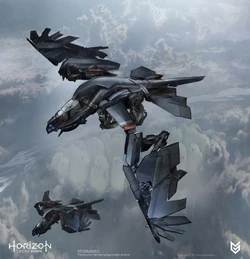
There are many different things you can base your creature on, or you can even base it on a couple of thing, just not too much, or nobody will be able to tell what it’s based on, like most designs in Monster Hunter Frontier.
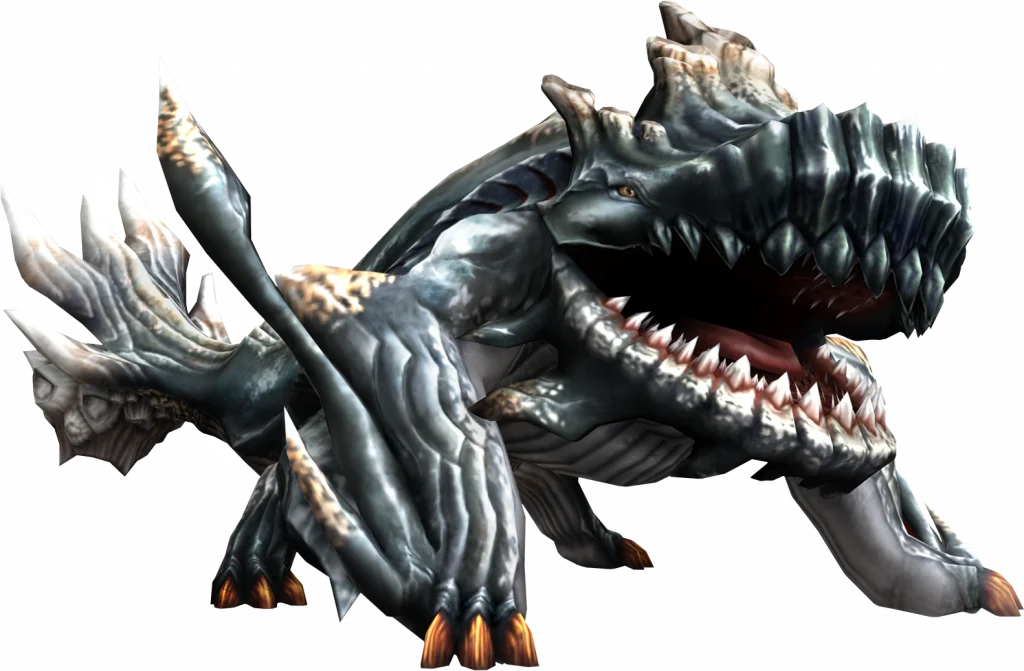
Your habitat will be very important, as without a habitat, your creature will feel out of place, or even worse: just a blob in nothingness. Your habitat can be a existing real world habitat, or a habitat from for example Monster Hunter. You can design your own, but if you don’t have any world building experience, I would not recommend it. An environment will also set limitations to you creature, both visually and biologically. An example of a visual limitation is marine animals having darker colouration on top and lighter colouration at the bottom. An example of a biological limitation is marine animals having more fin or wing like limbs instead of feet.
B: Behavior and Biology
This is where it will start to become difficult, as mixing real world elements with each other might seem a bit tedious, maybe even boring. You don’t need to make everything realistic, as sometimes it can be frustrating or not your level yet (it can also be ugly).
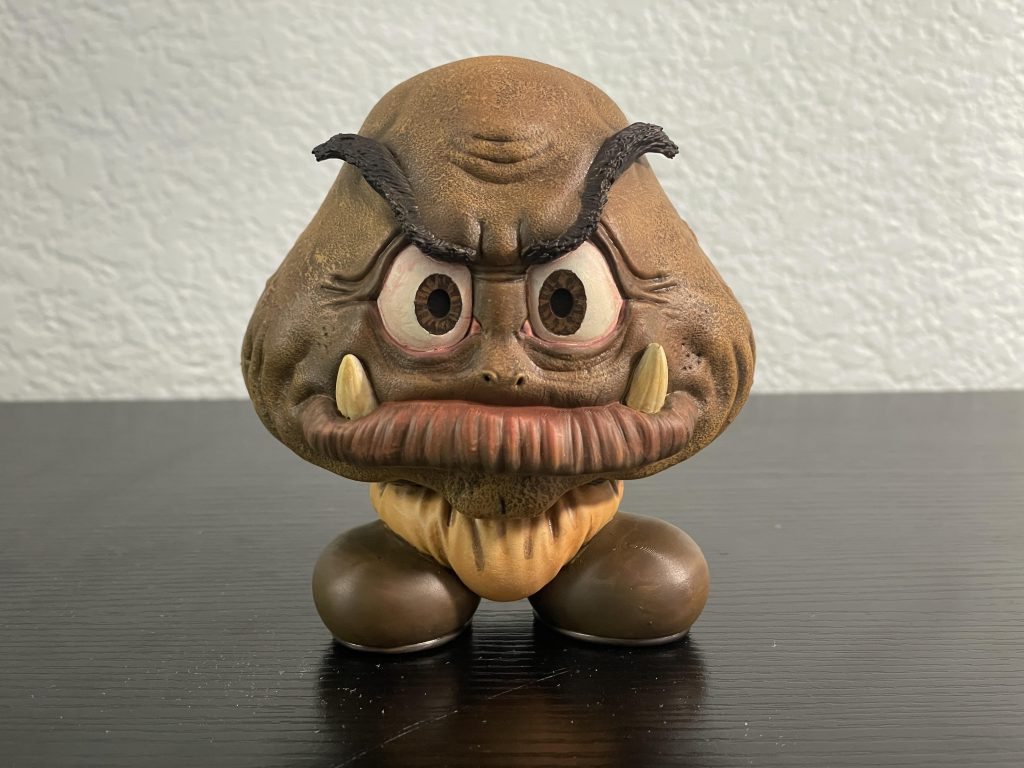
It is important to have something that reminds your audience of something they know. Big mole-like claws? Must dig really fast. Small, thin body with strong legs? Must be fast and evasive. Cute fluffy ball? Must be friendly (unless you’re making a creepy world, then it will consume everything in its path and be the most dangerous thing ever). This way your audience will know what to expect of your creature, and it will make your creature a lot nicer.
Even though the behavior of your creature is technically a part of its biology, I’ve separated them for more clarification. The behavior of your creature is important, as it will determine how it reacts to things. A big, bulky creature with lots of muscle mass and spikes will be expected to stand his/her ground against an intruder, While a small cute thing will be expected to flee or perhaps use its cuteness. This can also lead to somme specific mythology as your worlds inhabitants see them in some way, like salamanders being associated with fire due to them crawling out of the rotten wood our ancestors used for fuel.
C: Character and Conceptualization
Character is where you add personality to your creature. They aren’t just mindless npc’s that you tame, or obstacles in the main character’s way. They have an actual personality and behavior. This first part is similar to behavior, but still different. Maybe they are aggressive, strong, and hunt for other creatures all day. Or maybe they’re a cute fluffy ball that w̸̸͍̝͇̫͖͉͊̀̓͐͆̓i̸̵̡͕̺̟͔̙̽̒͊̔͘͠l̵̵̢͍͔͕̦̘̿̈́͋̒͊l̴̸̢͉͓͙̞̟̾̔̀̿̕ ć̴̸̢̫͉̼͕̘̀͆̈́͝o̸̵̦͇͚͙̼͖͊͆̓͛͌͝n̴̸͖̟̘̙̺͐̈́͑͋͆̕͜s̵̴̫͎̞͖̺͔̒̀̈́̕̕͘u̴̸͕̼͚̞͖̐̒̿̈́͋̕m̸̵͍̫̙̠͚̾͊̀̽̕̚e̵̸͕͚͓͉͉̻͌͋̈́̓͑͝ a̸̵̫̟͓͕̝̔̐̈́̾̚͜͝n̸̴̡̢͓̞̻̻͐̾͛͐͛y̸̵͇͕̞̘͓̪̓́̿̚͝͠t̴̴̢͉̫̠̀͆̿̈́̓́͜͜h̸̵̢̫̝̞͇͒͒͛̽̚͜͠i̴̵̦̦̼̪̟͉͋͊́͘̚ǹ̴̵͙͇̟̫̪̘̓͒̈́͝͝g̸̵̫͎͖̟̝̦͌͌̽͑͠͠ i̸̴͎͖̺͇͓͕̐͐̾̓͌͘n̴̴̙̞͙̻̺͆͆͐̕͘͝ t̸̵̡̘̺͕͒͛͒͘͜͠h̴̴̺̫͎͙̺͓̾̔͌̔̒̈́e̸̵̘͓̞͙̺͉͑͛̕̕̕̚í̵̸̺̝͉̻̠̠͌̓̓̽r̸̸̢̦͓̞̈́͑̕̚͜͜͝͝ w̴̵͍̞̻͍̔͋̓͊̚͠a̵̸̢̡̠͕̼̪̽͑̀͌͘͝ÿ̸̴͙͙͔̟͙́̽̐̔. These attributes really shape your creature, and it’s important to give your character some personality. Since most creatures don’t talk or aren’t sapient, the best way to add personality is through body language and sounds.
Before you start, you need to know that the silhouette is very important. it shows the audience what they need to know in a glance. You need to make sure some things that are iconic to the design of your creature will be easily seen in the silhouette, such as Godzilla’s spikes, or shrek’s ears. A good way to show the audience what they need to know is through Shape language. Shape language is used to communicate things through shapes. Triangles are sharp, dangerous and unpredictable, squares are strong, sturdy and reliable, and circles are soft, harmless and approachable. This may be the last part, but it certainly isn’t the end of the process. You will go back time and time again, to change references, remove attributes, give it another pose… Most designs are never really complete, and get redesigns every so often.
Mistakes
Shrink-wrapping
This is where we draw an animal so skinny that it looks like it’s not much more then just bones and a tiny bit of muscle. It may be good for a horror world, but even then it may seem ugly and like in most worlds with skinny creatures, malnourished.
Beefy bois
This is the opposite of the first mistake, but instead consists of the creature having too much muscle. SERIOUSLY, THEY DON’T NEED TO SPEND HALF THE DAY AT THE GYM! there are ways to make your creature look bulky without adding too much muscle, like with shape language. A good example of using this is the Hammerhead Titanothere
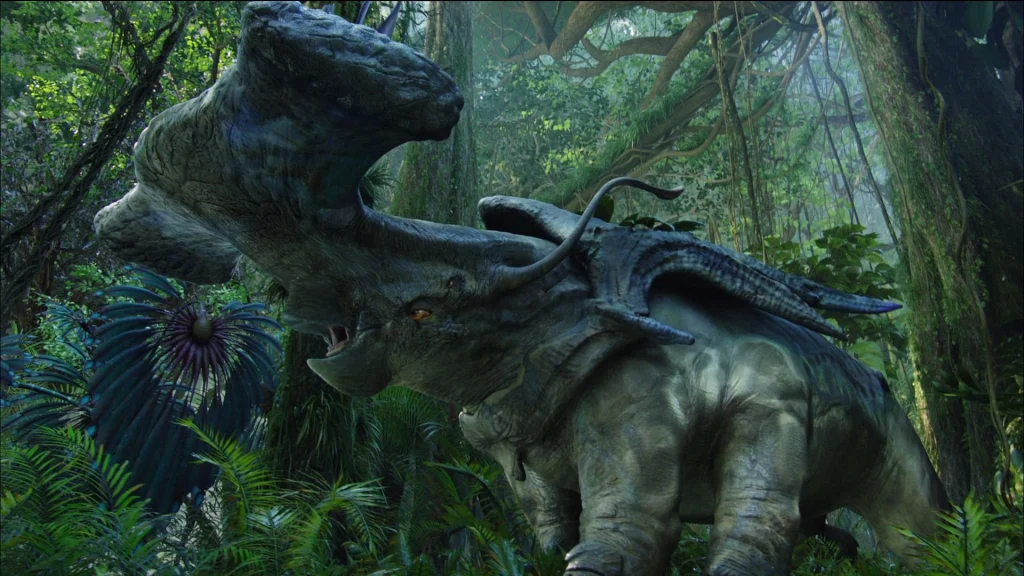
Detailed Eyesore
This basically means adding too much things. I get that you want a cool spiky things, but it doesn’t need to look like a porcupine. Adding too much things just doesn’t feel nice to look at. Sometimes, the best designs are the simplest ones. Flipli. FLIPLI. FLIPLIIIII
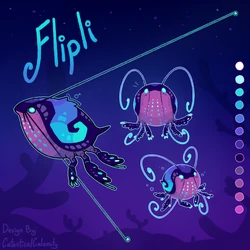
OMG GUYS THEY ADDED GOD TO CREATURES OF SONARIA
Same creature syndrome
This is when you only draw dragons, or mammals, or draw everything in one style. You don’t need to do that. You can’t just have an entire world of dragons, or of lizards. Unless, well you can (Don’t listen to him he only makes dragon worlds hes crazy) (Dragon worlds go brrrrrrrr)
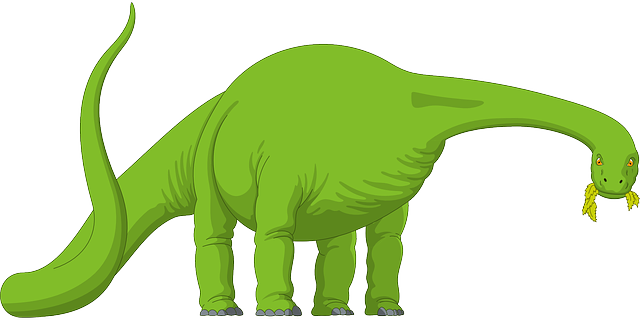 SAFARI
SAFARI